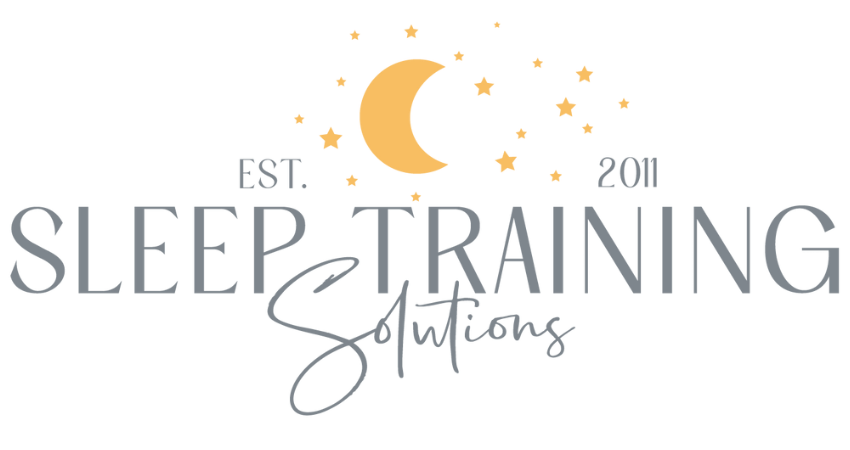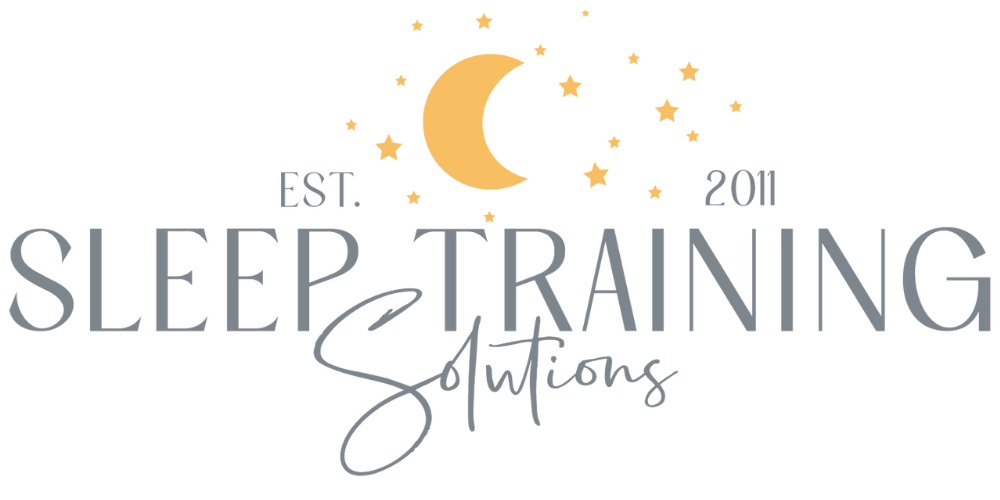3 Things to Do During Allergy Season to Help with Sleep!
Having seasonal allergies gets really hard this time of year! Itchy eyes, constant sneezes, runny nose — and all those symptoms can really affect sleep if you can’t find relief!
If you have someone in your family that is affected by seasonal allergies, here are 3 areas to focus on to help give some relief from the allergy symptoms and make him or her more comfortable to be able to sleep:
Keep an eye on the pollen count
Here in Chicago, we’re toying with Spring – it can be 40 in the morning and in the 70s by afternoon! But looks like Mother Nature is plowing ahead and the pollen count is definitely starting to increase into the “high” range.
Source: www.Pollen.com
I find that those really uncomfortable seasonal allergy symptoms are more noticable at the higher end of yellow and into orange. Once you get to red, make sure you’re fully stocked with tissues! So I always suggest keeping an eye out on the pollen level – on those 9+ days, it may not be the wisest move to spend ALL day outside.
“Fun” fact: 75% of those with an allergy to pollen will also be allergic to ragweed. People with a ragweed allergy may also have allergy symptoms when eating certain foods including: white potatoes, bananas, cucumber, zucchini, cantaloupe, honeydew, watermelon and sunflower seeds. You may also notice that while your child can eat certain foods cooked, those same foods eaten raw can produce symptoms.
2. Keep the bedroom free of allergens
We want to keep pollen out of the bedroom, so it makes sense to keep the windows closed. You can decide whether just keeping your child’s windows closed and closing the door to the hallway is enough, or you need “more protection” – not opening any windows on the bedroom level of the house, or whether you just won’t open ANY windows in the house during high pollen count days.
To keep the bedroom “safe” from more pollen, it’s wise to keep clear boundaries – so keep things like loveys IN the bedroom at all times and outdoor pets OUT of the bedroom at all times. If your child usually comes downstairs in her PJs with the blanket or lovey she sleeps with, it’s best to have her change into her clothes (if she wears her PJs more than one night) and leave her lovey in bed. Once those things come downstairs or go outside, there’s more likelihood of getting contaminated with allergens. (Bonus – if she hasn’t seen her favorite stuffed animal all day, she’ll look forward to being able to cuddle it at bedtime!) It’s also a good idea to keep outdoor pets out of the bedroom. The last thing you need is for your dog to shake and release all that pollen into the air so it lingers in the air and lands on your child’s bed!
When your child is ready to go to bed, make sure to have your child take a bath or shower and wash his hair otherwise the pollen will get on the pillowcase where your child is breathing all night.
And my last tip on the bedroom is to invest in some allergen-free bedding (including a zippered pillow protector) and an air purifier in the bedroom like this one that has a 3-stage filtration system to remove 99.97% of airborne particles. Wash the bedding at least once per week with hot water and then dry in the dryer or on an inside drying rack.
3. Help alleviate congestion
Always talk with your child’s pediatrician to see what they recommend for allergy relief. Once your child is old enough, your doctor may suggest a daily over-the-counter allergy pill. There are several on the market and while they have similar active ingredients, we found that they can work differently so keep trying until you find one that works well. Note: it is recommended to start them BEFORE allergy season begins.
If your child is super congested and having trouble lying flat, prop her up with an extra pillow (this is for older children – remember that babies should never have anything extra in the crib!).
Using saline spray throughout the day and then right before bed can be very helpful to flush allergens out of the nose.
There are also several homeopathic products on the market. Again, it’s always a good idea to run a new product by with your pediatrician but this homeopathic chewable tablet worked really well for my kids, is gluten-free and has Vitamin C and only a few ingredients.
Related Posts:
This post is for informational purposes only and may not be the best fit for you, your child and/or your personal situation. It shall not be construed as medical advice. The information and education provided here is not intended or implied to supplement or replace professional medical treatment, advice, and/or diagnosis. Always check with your child’s physician or medical professional before trying or implementing any information read here.






